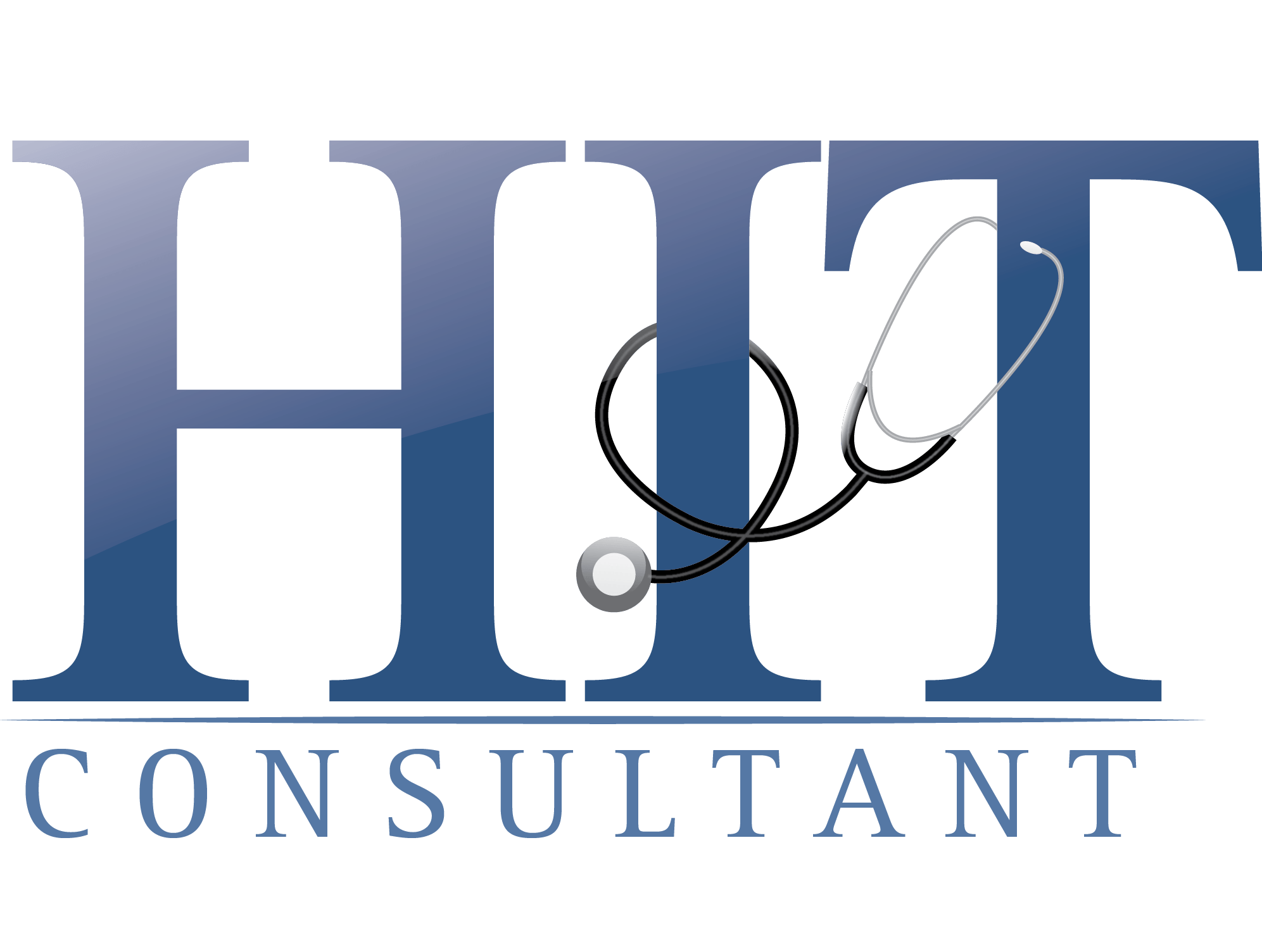
A quick, efficient, and well-managed revenue cycle creates a solid foundation for a profitable medical organization. That’s why if you’re responsible for ensuring the health of your organization’s revenue cycle and you are not using AI for medical coding, you are not doing your job.
Let me explain.
Some RCM professionals may see medical coding as a small portion of the revenue cycle; however, its reach is wide. The quality and accuracy of medical coding can either negatively or positively impact virtually every other portion of the revenue cycle.
While many organizations try to maintain efficient revenue cycle operations, the combination of an increasingly complex healthcare industry and an overworked billing and coding staff creates more opportunities now than ever for costly errors.
It’s a complicated issue that requires an in-depth, intelligent solution, like artificial intelligence (AI) powered autonomous medical coding. Health systems and practices can use AI tools to find and eliminate low-quality medical coding practices and usher in a new era of efficiency and accuracy across their revenue cycle.
Before diving into how AI-powered coding can help, it’s important to understand what happens if you don’t pay attention to your medical coding processes.
The repercussions of bad medical coding
An organization with low-quality and inaccurate coding is vulnerable to unwanted consequences that can hurt the health of its revenue cycle.
Denied claims are one of the most pressing consequences. They’re a rampant problem that’s only getting worse, considering that the number of claims denied on the first submission by medical practices doubled in 2021.
Denied claims are a financial headache. Appealing a denied claim is a costly process. Some reports indicate that the claims resolution process contributes $8.6 billion in additional administrative costs for hospitals.
Denials management is highly time and energy intensive for staff. When an organization receives a denied claim, coding team members devote a large portion of their day resolving it. By the time they return to other work areas, they are exhausted. A tired employee is more likely to make mistakes, ultimately leading to more denied claims. It’s easy to see that if left unchecked, medical coding errors create a negative feedback loop.
Not to mention, bogged down, exhausted teams have little to no time to stay up to date on constantly evolving payer and coding guidelines, making it even easier for them to make mistakes—while believing they are following the proper guidelines.
Organizations that care about a healthy revenue cycle must break the loop of bad medical coding to stay profitable and effectively support their coding and billing teams.
Autonomous solutions are the answer
AI-powered medical coding technology acts as a virtual member of your coding team with two added benefits. The first is a guarantee of highly accurate coding. The second is that the platform is always up to date on payer and coding guidelines. AI is not a replacement for professional coders; it’s an asset and tool that supports them and improves the revenue cycle.
The best place to start is to utilize AI to conduct an internal coding audit through a scaled proof of concept that provides an in-depth understanding of your current operations. A deeper view into day-to-day activities provides insight into common sources of errors and facilitates a game plan for moving forward.
Encourage staff members to view internal audits as opportunities to reveal their strengths, provide growth opportunities, and avoid future errors and rework.
Once you’ve gained more insight, implement AI-powered coding where it’s needed. Perhaps it’s for simple tasks such as insurance verification and payment posting or more in-depth jobs like fully coding routine charts. That’s the beauty of AI, it’s scalable, so once it’s deployed, you don’t have to worry. Once an AI system has information about your organization’s processes and history, it uses the knowledge to inform coding decisions.
Utilizing AI to free up time for your existing coding staff represents a massive opportunity to keep your revenue cycle in check. Like any technology, AI has its limits. Because appealing and resolving denied claims is a very complex task, it’s best to leave it to your employees rather than AI. Allow your team to flex their expertise to resolve denied claims without worrying about a backlog of other tasks that AI can easily handle.
Use AI-powered technology to support your coders and give them the knowledge and space to work to the best of their ability. Once you do, you’ll be confident that you’re completing your job and ensuring a healthy revenue cycle.
About Amit Jayakar
Amit Jayakar is Vice President, Commercial Operations, for Fathom, a deep learning NLP system that accelerate medical reimbursement, and is backed by world class investors including Google Ventures, 8VC, and Stanford,. Mr. Jayakar, who can be reached via Linkedin (https://www.linkedin.com/in/amit-jayakar-00985911/), earned his bachelor’s degree in economics from Georgetown University and his masters of business administration from The Wharton School.
References
- Hung C. Value-based care is less than 15% of practice revenues: Healthcare it Today. Healthcare IT Today | Fresh, Daily, Practical Healthcare IT Insights. https://www.healthcareittoday.com/2022/08/26/value-based-care-is-less-than-15-of-practice-revenues/. Published August 26, 2022. Accessed October 4, 2022.
- Health. A proactive outpatient remittance model improves the hospital’s Bottom Line and positively impacts the patient experience. Becker’s Hospital Review. https://www.beckershospitalreview.com/finance/a-proactive-outpatient-remittance-model-improves-the-hospital-s-bottom-line-and-positively-impacts-the-patient-experience.html. Published August 12, 2021. Accessed October 4, 2022.

